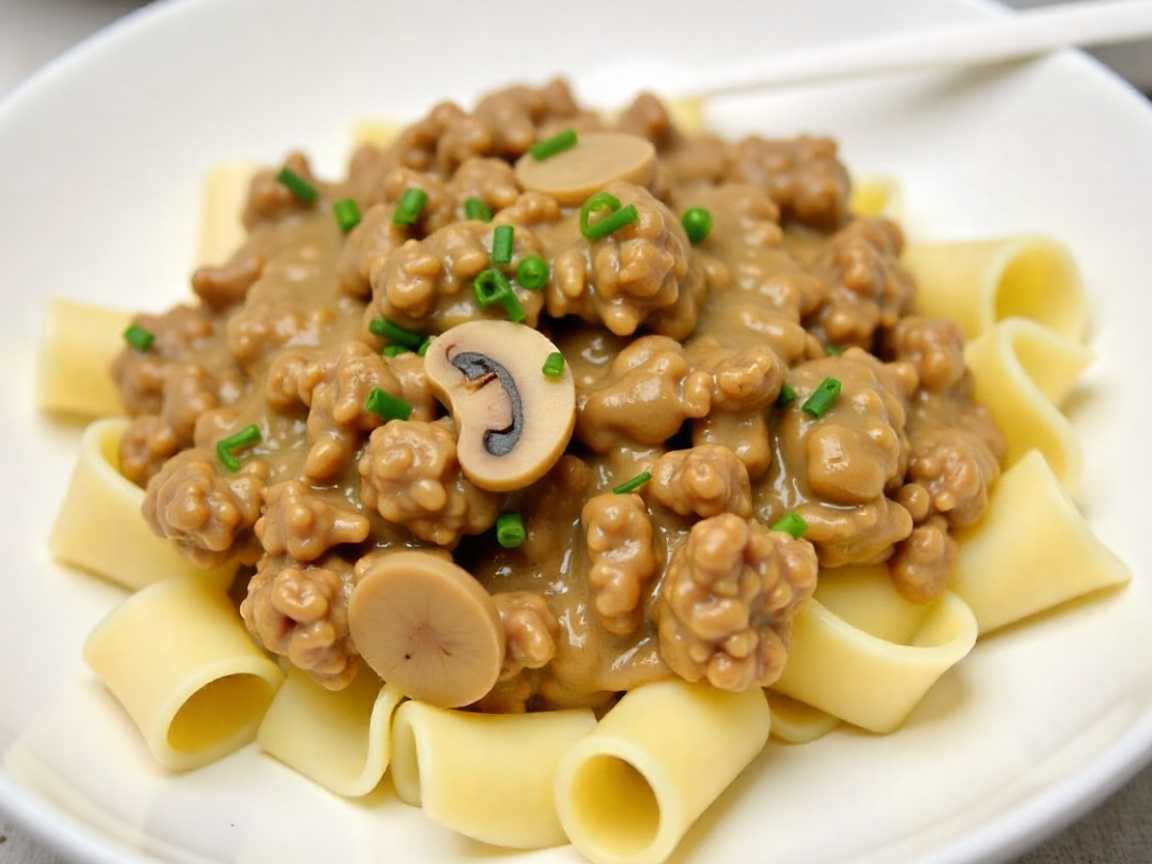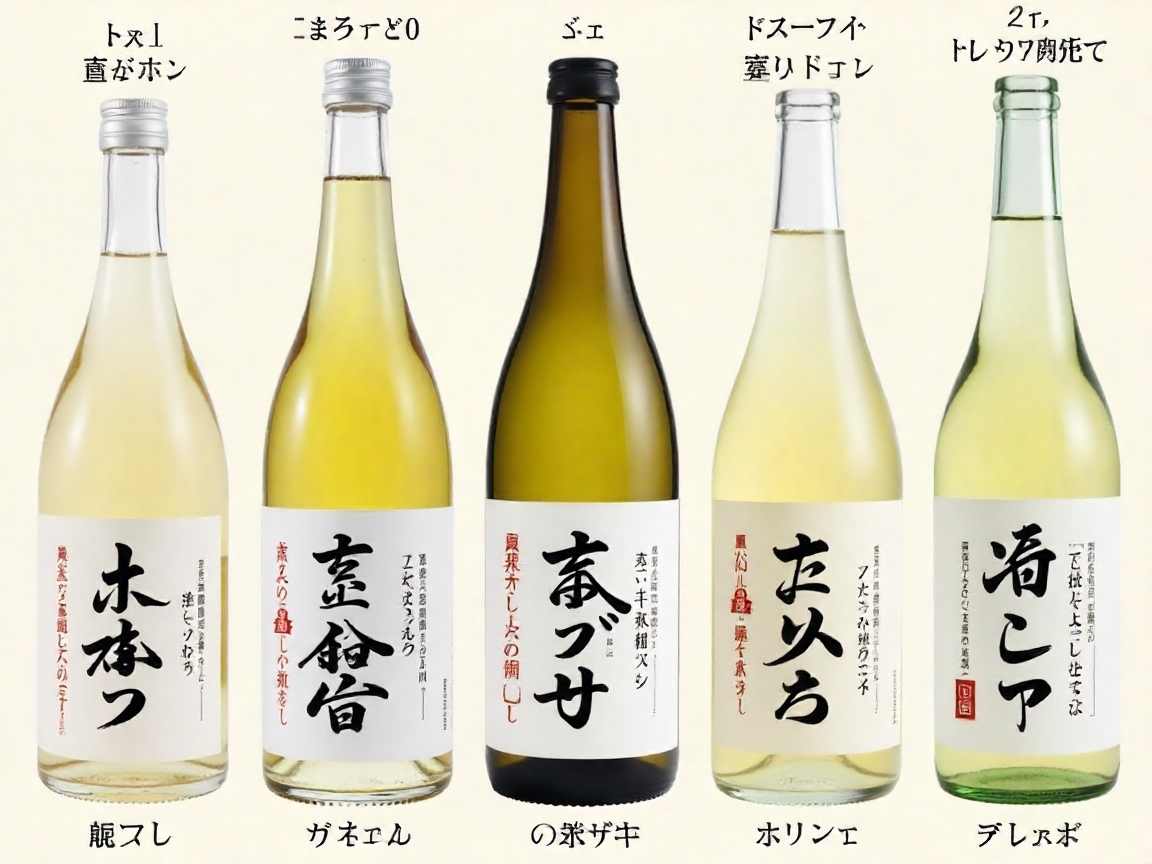Sake, sometimes called rice wine, is a cherished drink in Japan with a long history. Its taste can be quite different from one type to another, and learning about these differences helps you enjoy sake even more. No matter if you’re just starting out or already love sake, discovering its many flavors is a fun experience. In this post, we’ll look at what sake tastes like, the main flavor and aroma profiles, what affects its taste, and how to pick the right sake for your taste and meals.
The Varied Tastes of Sake: Sweet, Dry, or Earthy?
Sake can taste sweet, dry, earthy, floral, or somewhere in the middle. To understand why sake tastes the way it does, it’s helpful to look at its main ingredients, how it’s brewed, and the different styles you can find. All sake uses rice, water, yeast, and koji mold, but each style brings its own unique flavor.
Factors That Influence the Taste of Sake
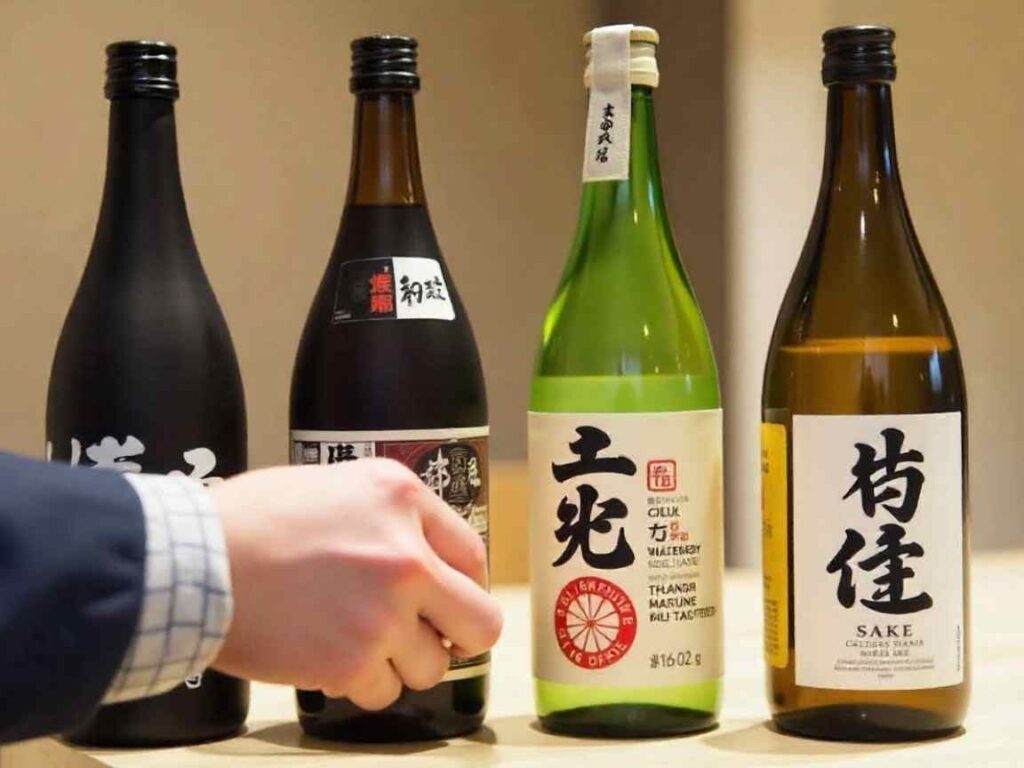
Several factors influence the taste of sake, contributing to its diverse range of flavors and aromas. Here are the key elements:
- Type of Rice: The rice used in sake production significantly impacts its flavor. Some sake rice varieties, such as Yamada Nishiki, are prized for their ability to produce lighter, cleaner sake, while others contribute to a fuller, richer flavor. (Yamada Nishiki, n.d.)
- Degree of Rice Polishing: The process of polishing the rice removes the outer layers of the grain, where unwanted flavors can reside. Premium sakes tend to use rice that has been polished to a higher degree, resulting in lighter, more delicate flavors. (Sake Grade, n.d.) Conversely, sakes made with less-polished rice often have richer, more robust flavors.
- Brewing Method: Different brewing methods, such as Junmai, Ginjo, and Kimoto, create variations in taste. For example, Ginjo sakes are made using a special fermentation process that results in a smoother, fruitier flavor, while Kimoto and Junmai sakes retain more earthy and nutty characteristics. (Hanagaki “Kimoto” Junmai Sake 720 ml, n.d.)
- Serving Temperature: The temperature at which sake is served can also impact its flavor. Chilled sake tends to highlight its delicate fruity and floral notes, while warm sake can bring out deeper, earthy, and savory flavors. (From Chilled to Cozy: Exploring the Different Sake-Warming Techniques, 2023)
- Quality of the Sake: Premium sakes, such as those labeled Daiginjo or Ginjo, have a lighter, more refined taste, often with floral or fruity aromas. (Sake Aroma and Flavour — Sake Guide, n.d.) Lower-quality sakes, on the other hand, might have a stronger alcohol burn or an overbearing, harsh flavor.
Flavor and Aroma Profiles of Sake
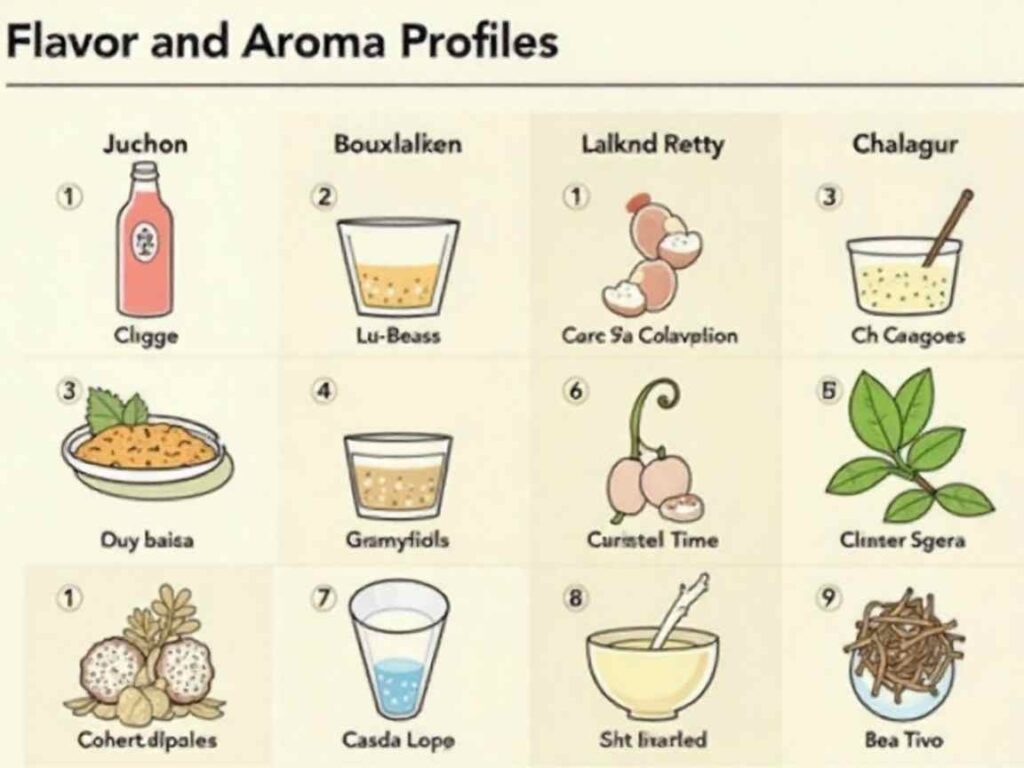
The world of sake is filled with complexity, with distinct flavor profiles that cater to various preferences. Here are the most common flavor and aroma profiles found in sake:
1. Fruity and Floral
Premium sakes, especially those labeled Ginjo or Daiginjo, are renowned for their delicate fruity and floral aromas. (Superior Junmai Ginjo, n.d.) These sakes are often light, clean, and complex, with flavors reminiscent of:
- Melon
- Banana
- Apple
- Cherry blossoms
These sakes are refreshing and fragrant, so they’re a good pick if you like drinks with elegant, aromatic flavors. Ginjo sakes are often served chilled to bring out their delicate, fruity notes.
2. Earthy and Nutty
Some sake varieties, such as Junmai and Kimoto, retain more of the rice’s natural characteristics and can present a more earthy, savory profile. These sakes often have flavors and aromas reminiscent of:
- Cereal
- Nuts
- Mushrooms
These earthy sakes are usually fuller-bodied and have a strong, grounded taste. If you like drinks with more depth and complexity, you might enjoy them. They also have a richer feel and go well with hearty, savory foods.
3. Sweet and Rich
Cloudy sakes, such as Nigori or dessert-style sakes, often feature a sweeter, richer profile. They tend to have flavors like:
- Coconut
- Honey
- Vanilla
These sweeter sakes are less dry and can have a more indulgent, creamy texture. Nigori sake, in particular, is unfiltered, resulting in a cloudy appearance and a slightly thicker texture. (Nigori – Gekkeikan Sake (USA), Inc., n.d.) These types of sake are perfect for pairing with dessert or as a sweet treat on their own.
4. Dry and Clean
Sakes like Honjozo and some Junmai are known for being crisp, clean, and dry. Their flavors are simple and fresh, with little or no sweetness. These sakes are easy to drink and go well with many foods, especially lighter, everyday meals.
5. Savory (Umami)
Sake gets its savory, umami flavor from amino acids made during fermentation. (Umami | Sake Glossary, n.d.) This taste is strongest in sakes like Junmai and Kimoto, which are more complex and rich. The umami is similar to what you find in soy sauce, miso, or aged cheese. These sakes pair well with rich foods like grilled meats, stews, or mushroom dishes.
Other Characteristics of Sake
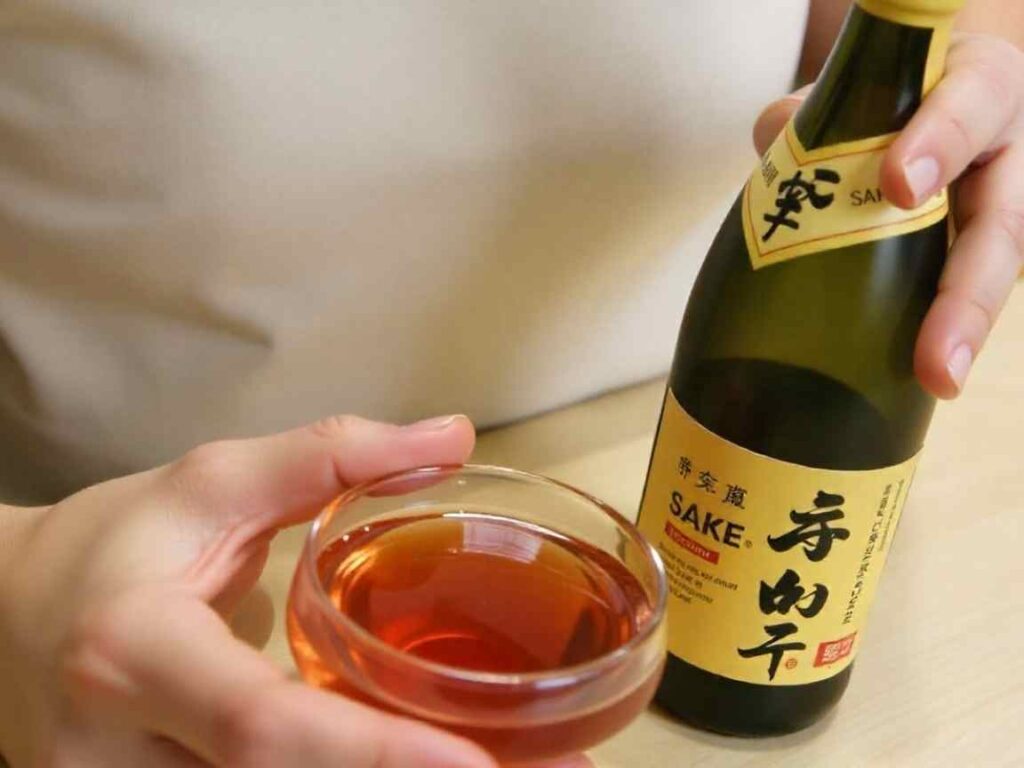
Beyond its flavors, sake has a range of other characteristics that contribute to its overall drinking experience:
Texture
Sake has a smooth, slightly thicker-than-water texture, although this can vary depending on the style. Some sakes, such as Nigori, have a creamy texture due to the unfiltered rice particles suspended in the liquid. (Sadsad & Nexus, 2023) On the other hand, fresh, lightly fermented sakes may have slight effervescence from carbon dioxide produced during fermentation, which can add a bubbly texture to the drink. (What is KEG DRAFT SAKE?, n.d.)
Aroma
Sake can smell delicate and fruity or bold and earthy, depending on the type. Premium sakes often have light, fruity scents, while richer ones like Junmai can smell more yeasty or like mushrooms. (Sake Aroma and Flavour, n.d.) Smelling the sake before you drink it can give you a good idea of its flavor.
How to Choose the Right Sake for You

Picking the right sake might seem tricky at first, but once you know the different flavor profiles, it’s much easier to find one you like. Here are some tips to help you choose:
For Beginners
If you’re just starting with sake, try one with lower acidity and a moderate Sake Meter Value (SMV), which shows how dry or sweet the sake is. (INTRODUCTION to Sake, n.d.) Sakes with an SMV between -1 and 3 are usually sweeter and easier for beginners to enjoy. They also have a balanced flavor and are less likely to taste strongly of alcohol.
To Explore Different Styles
After you’ve tried some beginner sakes, you can explore different grades and styles. Ginjo and Daiginjo are premium and usually lighter, more aromatic, and complex. Junmai and Kimoto are richer and earthier. Sakes with more polished rice are lighter, while less polished ones are deeper and richer. Trying different types is a fun way to find your favorites.
For Pairing with Food
Sake is a versatile beverage that can be paired with a variety of dishes. Here are a few guidelines for food pairings:
- Dry, Crisp Sakes: These sakes work well with light meals like sushi, sashimi, and salads. Their clean finish enhances the delicate flavors of these dishes without overpowering them.
- Sweet, Rich Sakes: These sakes pair wonderfully with desserts, especially those that are rich or creamy. They also work well with spicy dishes, as the sweetness balances the heat.
- Earthy, Nutty Sakes: These sakes are perfect for pairing with hearty meals such as grilled meats, stews, or dishes that include mushrooms or earthy vegetables.
- Savory Sakes: Umami-rich sakes pair beautifully with dishes that are high in umami, such as aged cheeses, grilled meats, and hearty Japanese stews.
Conclusion
Sake comes in many flavors, from fruity and floral to dry, earthy, and savory. Because of this variety, there’s a sake for almost every taste and meal. Whether you’re new to sake or already a fan, learning about what affects its flavor—like rice type, polishing, and brewing—can help you pick the right one for any occasion.
Trying different grades and styles is one of the best parts of enjoying sake. Whether you like a crisp sake with sushi or a sweet one with dessert, there’s a sake that’s perfect for you. Cheers!











